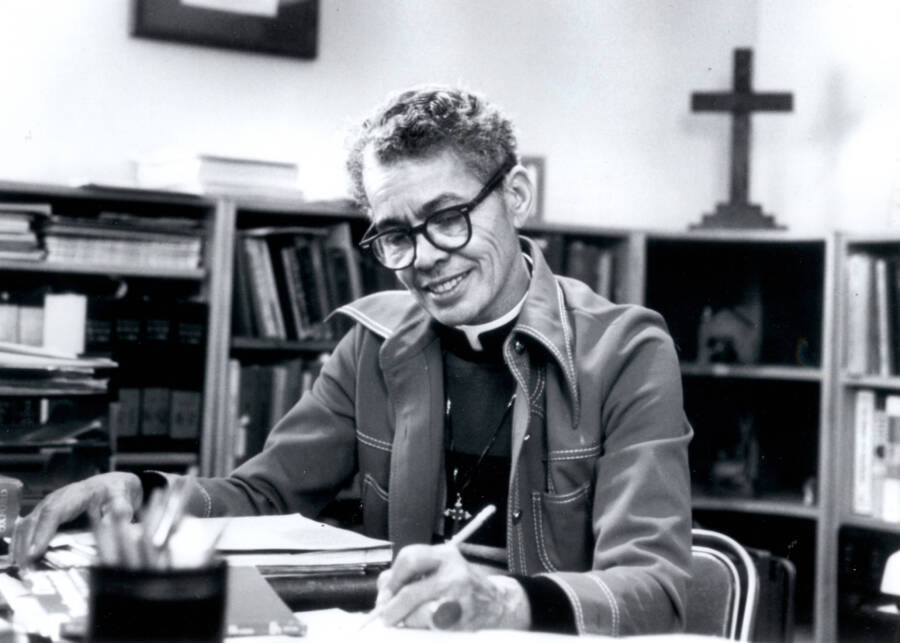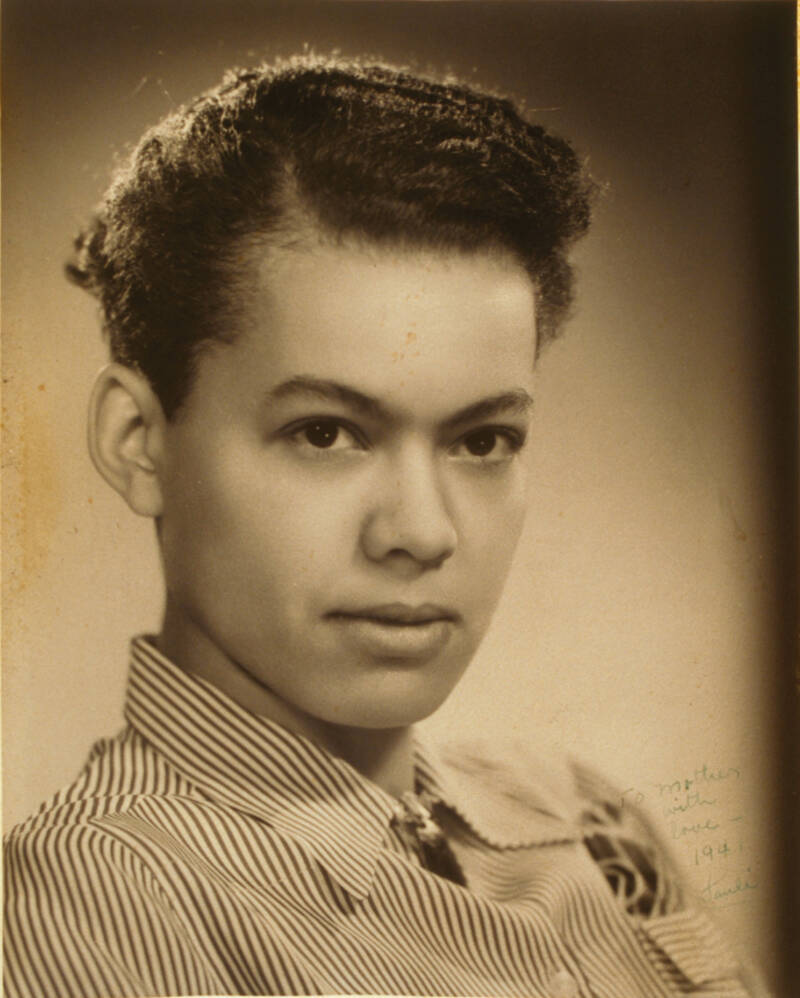Pauli Murray: The Queer Legal Theorist Who Dismantled Discrimination

Wikimedia CommonsBlack, queer, and brilliant, Pauli Murray’s legal theories helped both the civil rights and women’s rights movements.
When Pauli Murray went to Howard University to study law in 1941, she went “with the single-minded intention of destroying Jim Crow.”
Even before stepping into a classroom, Murray had done plenty. In 1938, she’d defiantly applied to the all-white University of North Carolina. And in 1940, she’d refused to move to the back of a Virginia bus — 15 years before Rosa Parks.
In law school, Murray focused her considerable talents on segregation, and she developed an argument that used the 13th and 14th amendments to dismantle Jim Crow laws.
Though Murray’s male classmates dismissed her, a professor named Spottswood Robinson took notice. When Robinson joined the legal team fighting to end school segregation in Brown v. Board of Education (1954), he cited her arguments — and his team won the case.

Schlesinger Library, Radcliffe Institute, Harvard UniversityCivil rights leader Pauli Murray’s legal theories helped dismantle discrimination in the United States.
And when a young lawyer named Ruth Bader Ginsburg prepared to argue that discrimination on the basis of sex was unconstitutional in the 1970s, she too reached for Murray’s legal scholarship. Calling Murray her “legal hero,” Ginsburg successfully made her case. She even added Murray as a co-author on her brief, even though Murray hadn’t been involved.
Murray supported both the civil and women’s rights movements in other ways, too. She produced a 700-page manual on segregation in the United States, which Thurgood Marshall called “the bible for civil rights lawyers,” and she helped second-wave feminist Betty Friedan establish the National Organization of Women (NOW).
Although Murray’s mind transformed American society, she had a reason to want to stay on the sidelines of the civil rights movement. Murray struggled with questions about her own identity and sexuality, believing that she should have been born a man.
As she once lamented in her diary, “This conflict rises up to knock me down at every apex I reach in my career.”
Despite Murray’s doubts about herself, she made significant changes in the United States. And, like many civil rights heroes on this list, her legacy has required renewed recognition.
These leaders of the civil rights moments registered people to vote, sat at segregated lunch counters where they were beaten, shared ideas, and organized protests. They might not appear on murals or as street names today, but they made up the greater mosaic of the movement itself and drove its success.
After reading about these unsung leaders of the civil rights movement, look through these powerful photos of the civil rights movement. Then, learn more about the devastating assassination of Martin Luther King, Jr.





